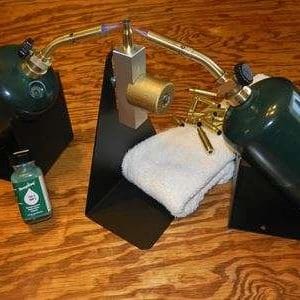It is a good video and data, the one question I have is he refers to his .306" expander as giving 0.002" neck tension, however I don't see him measuring the inside case neck diamter.
Run over the expander the case neck will still spring back, in this case down, to some extent. It would be good information do know what the inside case neck diameter is after run over the expander.
There is also bullet diameter, which may not be exactly .308". In the 6.5's I have on hand I do see the hornady eld/amax bullets being a half thou larger diameter than a berger. I have never tried to sort by diameter, but maybe that would be something to play with as well. Since they are mass produced as well there must be some varience in diameter as there is in weight and bearing surface length.


